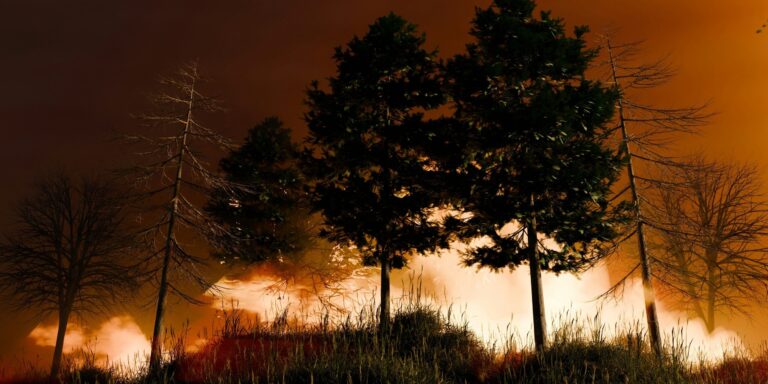California has officially entered its wildfire season earlier than usual this year, as record-high temperatures and persistently dry conditions have heightened the risk of fires across the state. Officials from the California Department of Forestry and Fire Protection (Cal Fire) have raised the alert level, warning residents and emergency teams to prepare for a challenging fire season shaped by extreme weather patterns.
Over the past several weeks, the state has experienced intense heatwaves that have significantly dried out vegetation, turning brush and forests into tinderboxes ready to ignite. This alarming trend has already resulted in multiple small fires in both Northern and Southern California, prompting Cal Fire’s rapid response teams to swiftly contain outbreaks before they escalate into larger, more dangerous blazes. Firefighters remain on high alert, patrolling vulnerable areas and staging resources strategically to respond quickly as conditions worsen.
State officials have strongly urged residents to take precautionary steps to reduce fire risks. These include refraining from outdoor burning, disposing of flammable materials safely, and maintaining defensible space around homes. Authorities also emphasize the importance of heeding evacuation orders without delay to ensure public safety. “Preparedness and swift action save lives,” said a Cal Fire spokesperson. “We encourage everyone to stay informed and take fire danger seriously.”
Scientists and climate experts point to climate change as a primary driver behind the early start to California’s wildfire season. Increasing global temperatures contribute to prolonged droughts and disrupt traditional weather cycles, resulting in hotter, drier summers that extend the fire window. According to recent studies, the state’s fire season has lengthened by several weeks over the past few decades, with fire incidents becoming more frequent and severe. This pattern is expected to continue unless significant efforts to address climate change are made.
In response to these challenges, state authorities are intensifying preventive measures aimed at reducing wildfire hazards before fires ignite. Controlled or prescribed burns are being conducted in carefully selected areas to clear out dry brush and reduce available fuel. These operations, while risky, are proven tools in managing forest health and preventing catastrophic wildfires. Additionally, public education campaigns are underway to raise awareness about fire safety and preparedness, targeting vulnerable communities and outdoor recreationalists alike.
The early onset of wildfire season comes amid growing concerns over infrastructure resilience and emergency response capacity. Last year’s devastating fires strained resources and displaced thousands of residents, underscoring the need for increased funding and coordination among agencies. California’s government has allocated additional funds to Cal Fire to boost firefighting personnel, equipment, and technology, including the use of drones and satellite monitoring for early detection.
Environmental groups have applauded the state’s efforts but stress the importance of long-term strategies that address the root causes of wildfire escalation. “While managing fires is critical, we must also focus on reducing greenhouse gas emissions and restoring natural landscapes to build climate resilience,” said a spokesperson from the Sierra Club. The balance between human safety, ecological health, and climate mitigation remains a complex and urgent issue.
As summer approaches, Californians face a heightened risk of wildfire impacts, including smoke pollution, property loss, and disruptions to daily life. The combination of early heatwaves, dry conditions, and climate-driven changes signals a potentially difficult season ahead. Experts advise vigilance, preparedness, and community cooperation to navigate the challenges posed by these evolving environmental threats.
For continuous updates on the wildfire situation and safety tips, residents are encouraged to monitor official Cal Fire communications and local emergency alerts.



